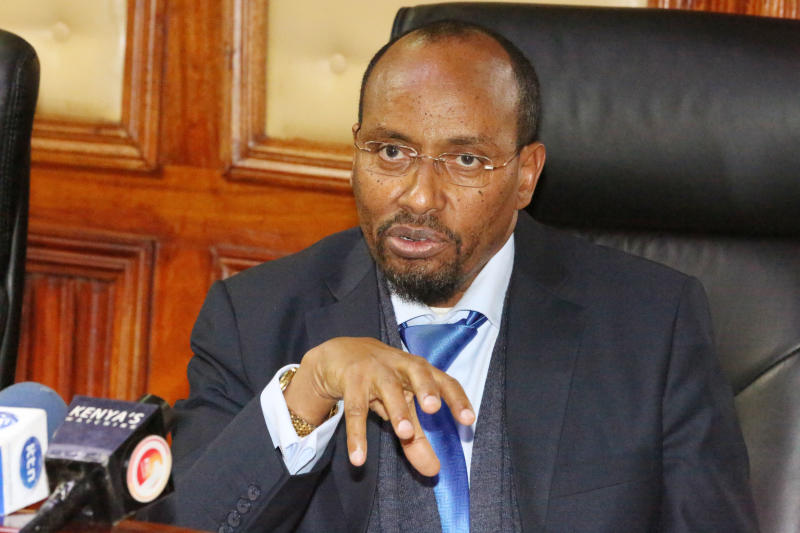×
The Standard e-Paper
Join Thousands Daily

President Uhuru Kenyatta told Kenyans on Madaraka Day that our Gross Domestic Product (GDP), the total value of goods and services produced in Kenya, doubled from Sh5 trillion to Sh10 trillion.
He asserted that the wazungus plus all former presidents in their 128 years only achieved Sh5 trillion. Meaning, we made more wealth in the last 8 years than in all the years this nation has been in existence.